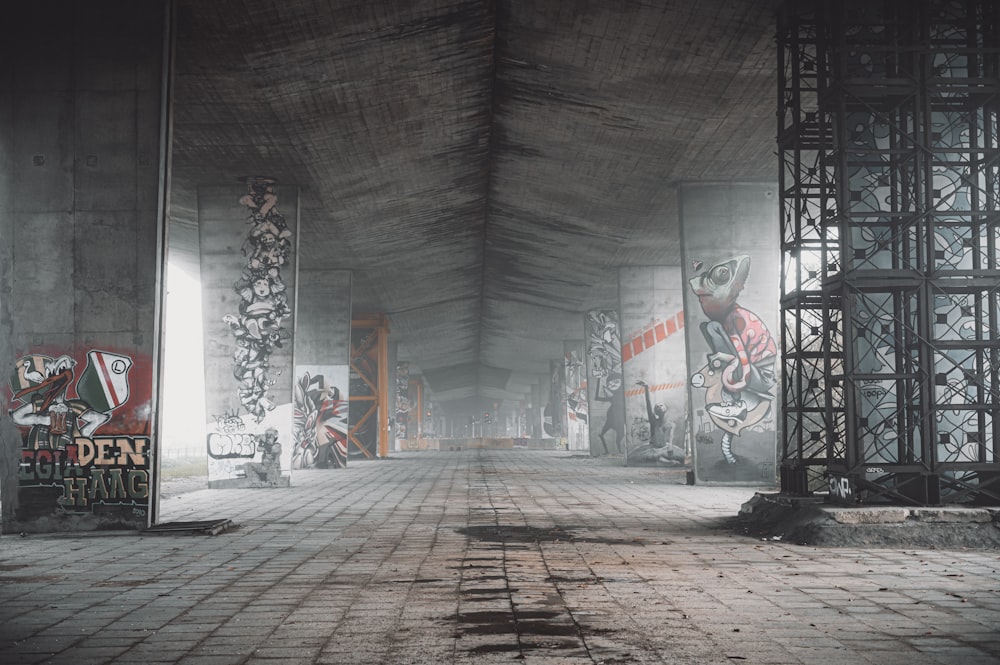Urban Canvas: The Evolution of Street Art
Venture into the dynamic world of Street Art, where cityscapes transform into vibrant canvases, showcasing the raw energy and creativity of artists who defy conventional boundaries. From clandestine graffiti to sanctioned murals, Street Art has evolved into a powerful cultural force, leaving an indelible mark on urban landscapes across the globe.
The Underground Roots of Street Art
Street Art’s origins lie in the underground movements of the late 20th century, where rebellious artists sought to reclaim public spaces for creative expression. Initially considered a form of vandalism, these illicit creations challenged societal norms and sparked a dialogue about the intersection of art, public space, and individuality.
Graffiti: From Rebellion to Recognition
Graffiti, a cornerstone of Street Art, started as a clandestine act of rebellion, adorning city walls with vibrant tags and intricate pieces. Over time, graffiti artists transitioned from the shadows to the mainstream, with their work gaining recognition as a legitimate form of artistic expression. Today, renowned street artists often began their journey with a can of spray paint in hand.
Muralism: From Walls to Galleries
The evolution of Street Art gave rise to muralism, transforming large-scale walls into captivating storytelling mediums. Many cities now embrace mural festivals, inviting artists to paint narratives that reflect the local culture, history, and social issues. What was once considered a form of urban defiance has become a celebrated and sanctioned art form.
Stencil Art: Precision Meets Expression
Street artists also employ stencils as a method of creating intricate and detailed works. This technique allows for precision and repeatability, enabling artists to produce visually striking pieces with intricate details. Stencil art has become a versatile tool for conveying powerful messages and intricate aesthetics on the streets.
Interactive Installations in the Urban Jungle
Street Art has expanded beyond two-dimensional surfaces, with artists creating interactive installations that engage passersby. From three-dimensional sculptures to augmented reality experiences, these installations blur the lines between art and the urban environment, inviting the public to actively participate in the artistic dialogue.
Social Commentary and Activism
Street Art serves as a powerful tool for social commentary and activism. Artists use their work to address issues such as inequality, environmental concerns, and political dissent. Murals and installations in public spaces become visual manifestos, sparking conversations and challenging the status quo.
Legal Recognition and Public Support
As Street Art gained cultural significance, many cities began to recognize its value in enhancing public spaces and fostering a sense of community. Legal walls, designated street art districts, and public art programs have emerged, providing a platform for artists to showcase their talents with the support of the local community.
To explore the dynamic fusion of art and urban landscapes, visit Street Art. This website offers a curated glimpse into the vibrant world where creativity meets the streets, shaping the visual identity of cities worldwide.




